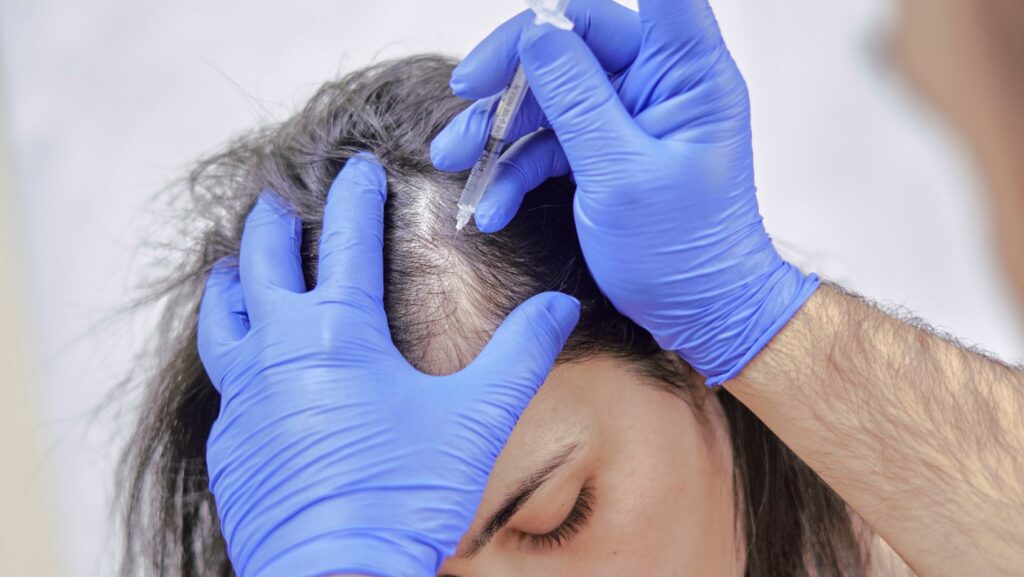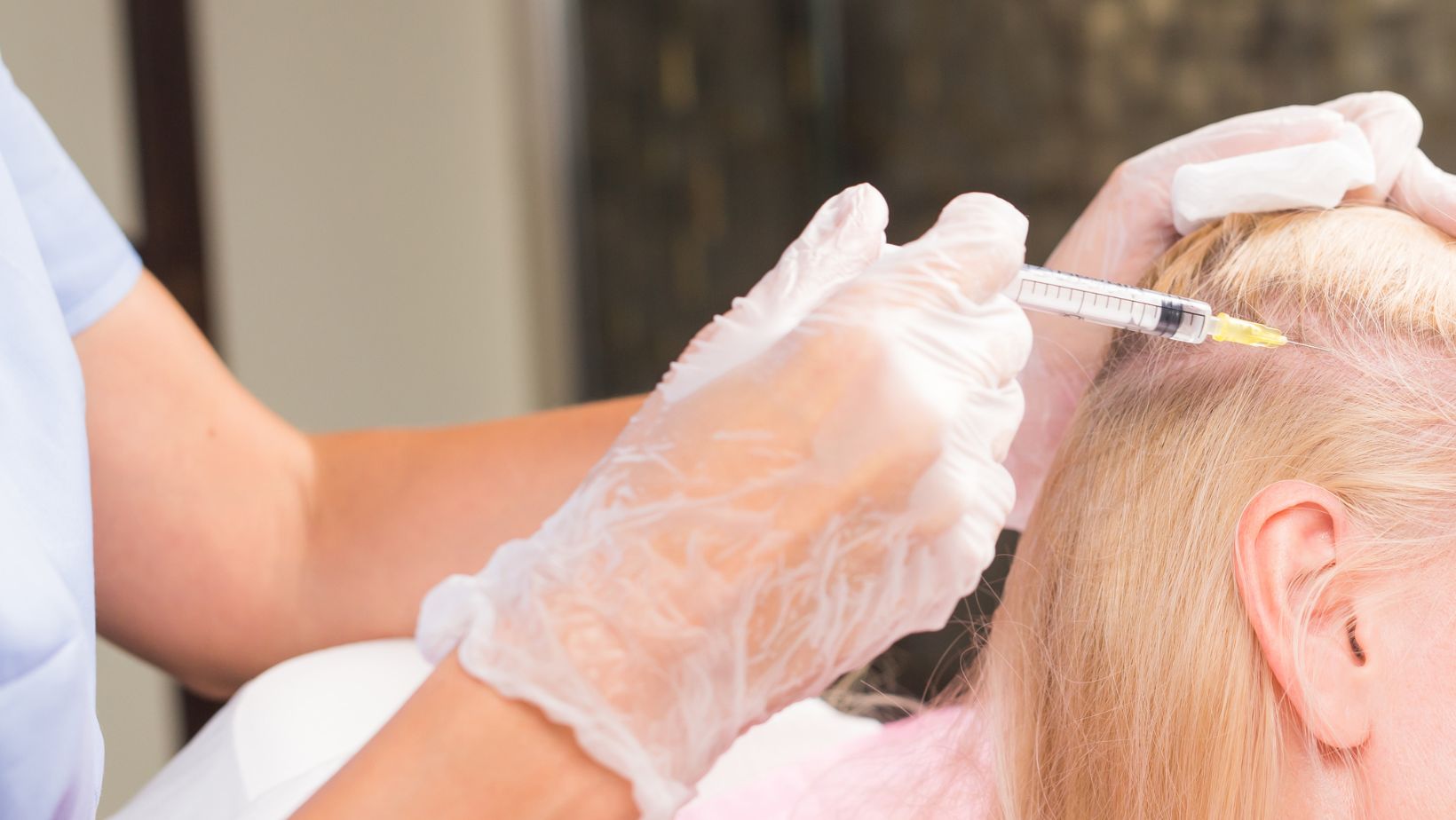
Hair loss, a common concern affecting millions worldwide, prompts individuals to explore various medical treatments in hopes of restoring lost hair and confidence. In this evidence-based analysis, we’ll delve into the effectiveness, side effects, and suitability of medical treatments for hair loss, encompassing prescription medications, topical treatments, and surgical interventions like hair transplantation.
Understanding Hair Loss: The Basics
Before delving into treatment options, it’s crucial to grasp the underlying causes of hair loss. Hair loss, medically known as alopecia, can stem from multiple factors, including genetics, hormonal imbalances, medical conditions, and lifestyle factors. Understanding the root cause is paramount in selecting the most appropriate treatment approach, whether it be non-invasive methods like medication or lifestyle changes, or more involved procedures like hairline transplant surgery.
Prescription Medications: Proven Solutions
Prescription medications, notably finasteride and minoxidil, have emerged as primary treatment options for combating hair loss. Finasteride, an oral medication, works by inhibiting the production of dihydrotestosterone (DHT), a hormone linked to hair follicle miniaturization. Clinical studies have demonstrated its efficacy in slowing hair loss and stimulating hair regrowth, particularly in cases of male pattern baldness. However, potential side effects, including sexual dysfunction, require careful consideration.
Topical Treatments: Targeted Solutions
Minoxidil, available in topical formulations such as foams and solutions, is another widely used medication for treating hair loss. Applied directly to the scalp, minoxidil promotes hair growth by dilating blood vessels and increasing blood flow to the hair follicles.

Surgical Interventions: Lasting Solutions
For individuals seeking more permanent solutions, surgical interventions like hair transplantation offer promising results. Hair transplantation involves harvesting hair follicles from donor areas, typically the back or sides of the scalp, and transplanting them into balding or thinning areas. Modern techniques such as follicular unit transplantation (FUT) and follicular unit extraction (FUE) ensure natural-looking results with minimal scarring. While hair transplantation provides long-lasting outcomes, it requires careful consideration of factors such as candidacy, cost, and expected results.
Complementary Therapies: Holistic Approaches
In addition to conventional treatments, complementary therapies such as laser therapy, scalp micropigmentation, and platelet-rich plasma (PRP) therapy have gained popularity in recent years. While evidence supporting their efficacy varies, some individuals report positive results when used in conjunction with traditional treatments. However, it’s essential to consult with a healthcare professional before incorporating complementary therapies into a hair loss treatment regimen.
Tailoring Treatment Plans: A Personalized Approach
Ultimately, the effectiveness of hair loss treatments varies from individual to individual, highlighting the importance of personalized treatment plans.

Factors such as the type and severity of hair loss, underlying causes, medical history, and lifestyle preferences must be taken into account when selecting the most suitable treatment approach. Consulting with a qualified healthcare provider or dermatologist can help individuals navigate the plethora of treatment options available and develop a tailored plan that aligns with their needs and goals.
Conclusion
In conclusion, medical treatments for hair loss offer a range of options for individuals seeking to address this common concern. From prescription medications to surgical interventions and complementary therapies, there is no one-size-fits-all solution. By understanding the effectiveness, side effects, and suitability of each treatment modality, individuals can make informed decisions and embark on their hair restoration journey with confidence, ultimately achieving the desired outcome while safeguarding their well-being and satisfaction.












